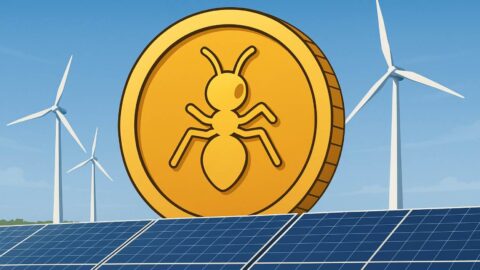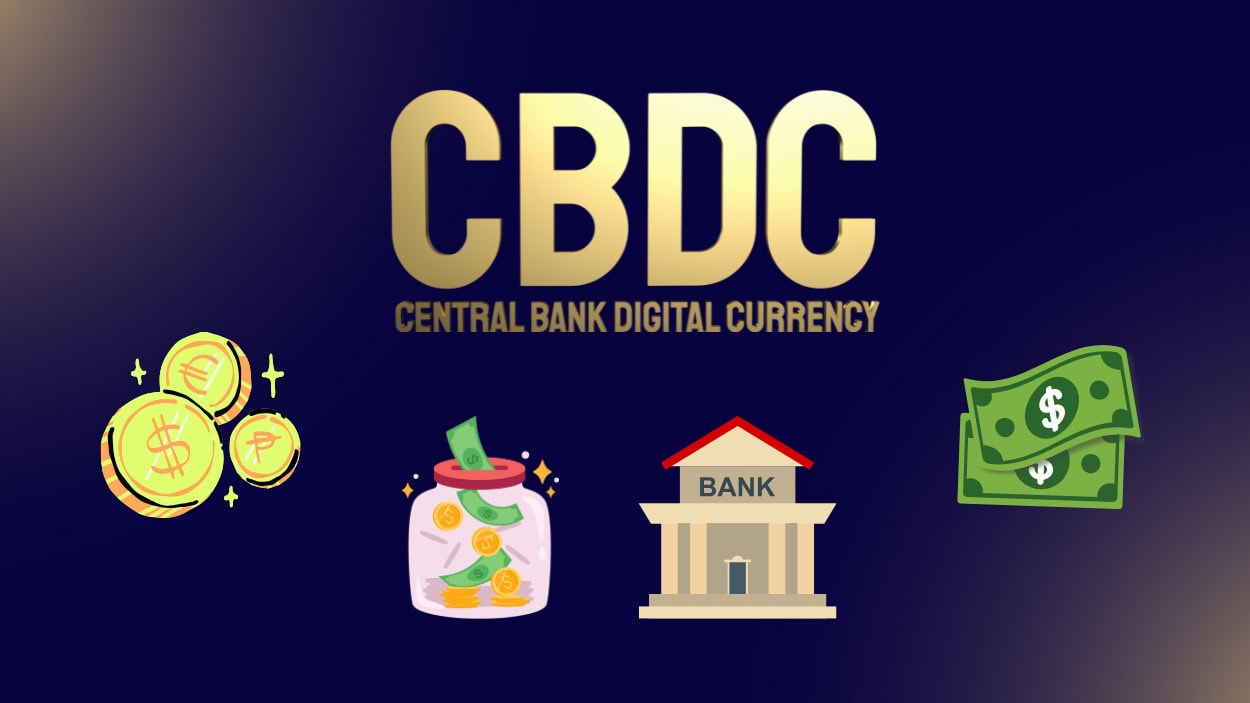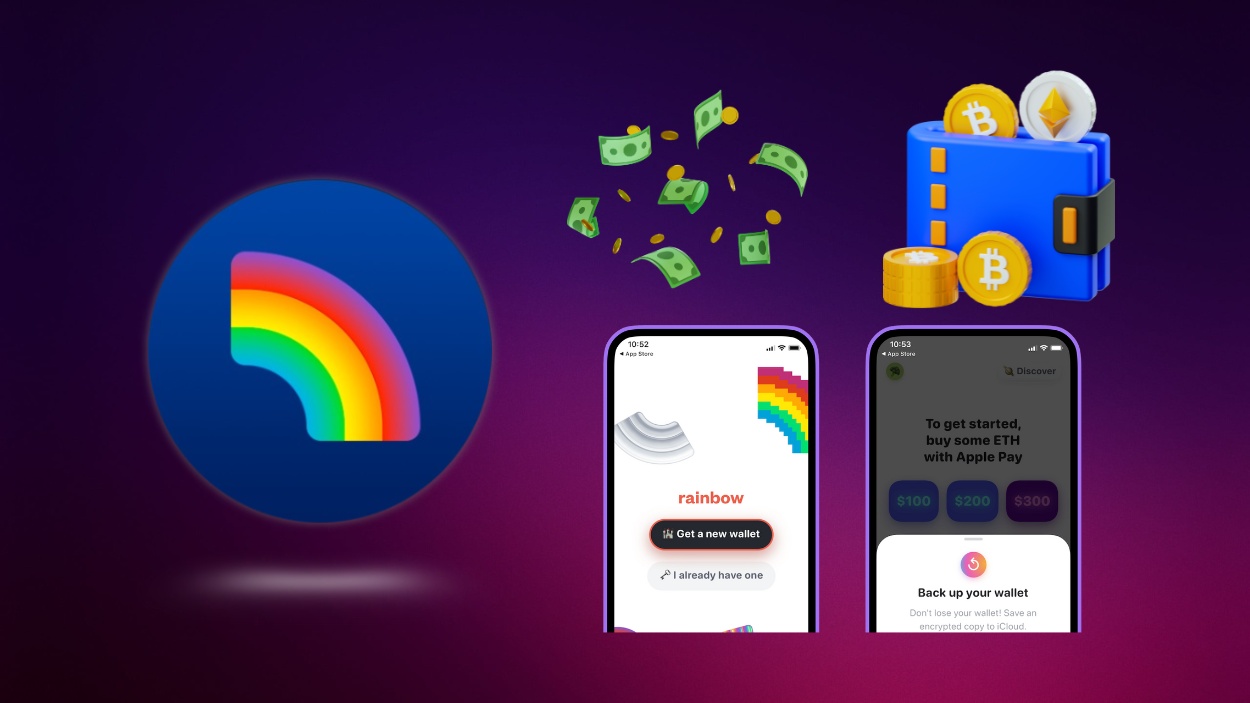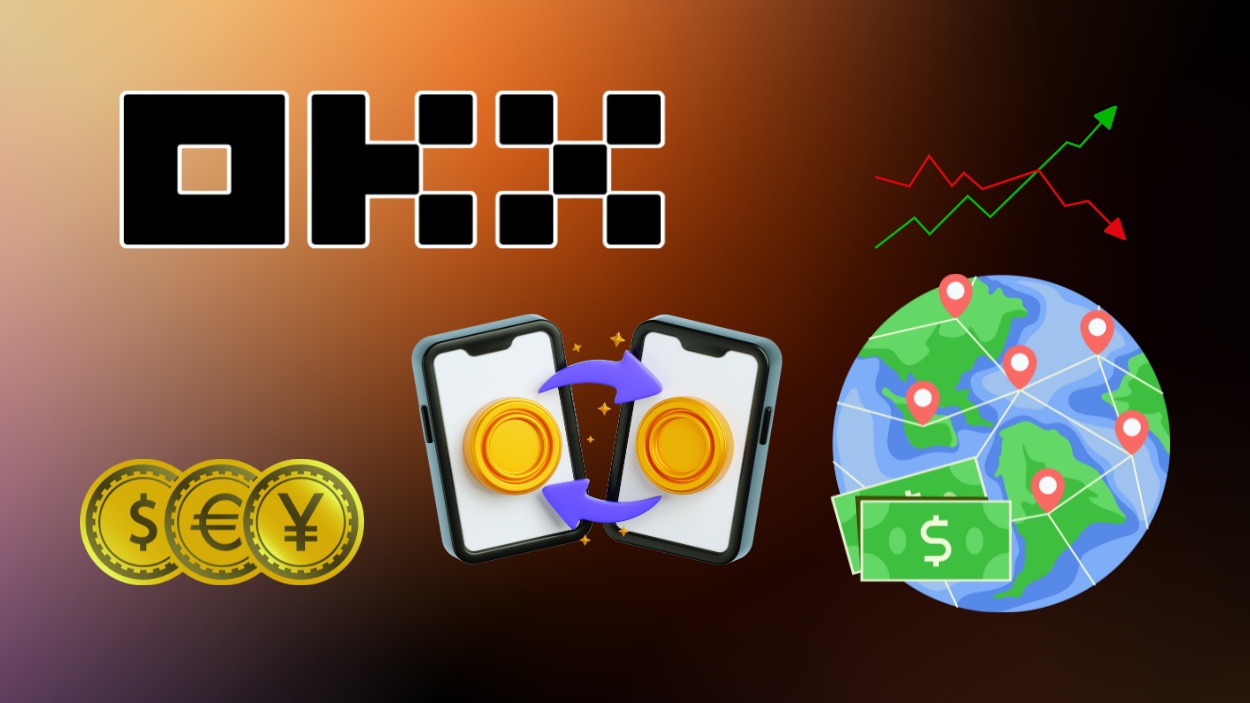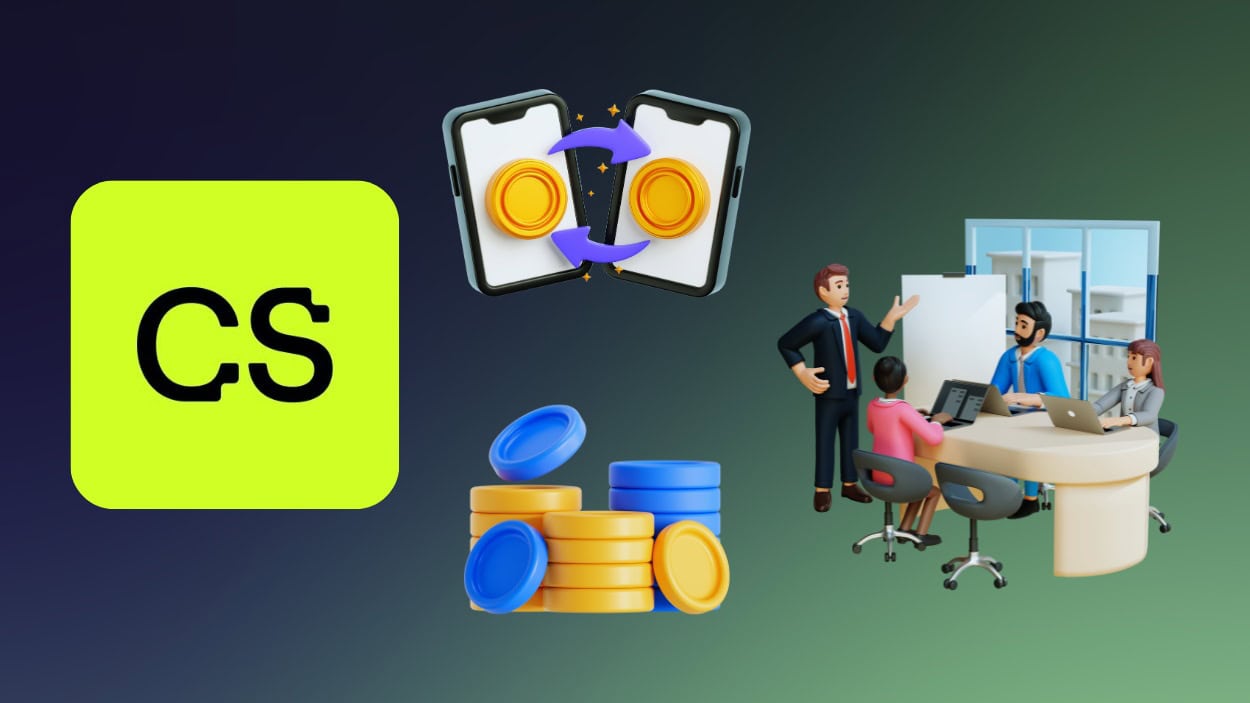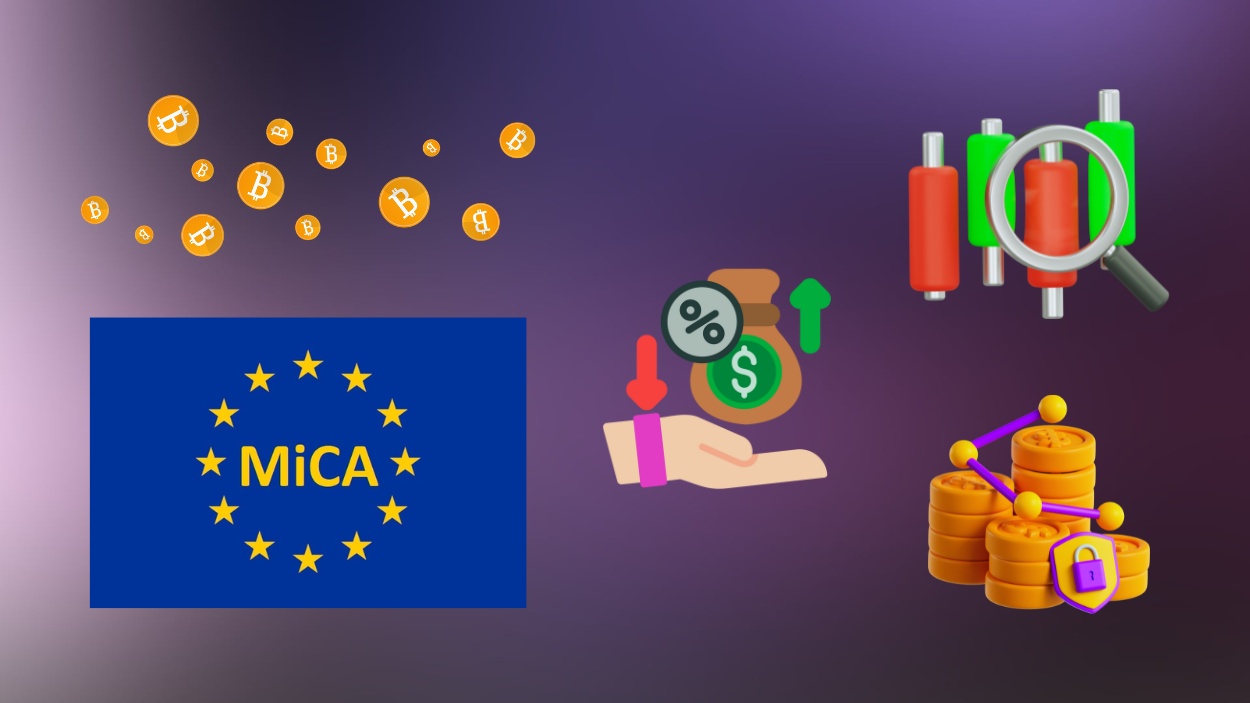Chainlink and Swift have teamed up to help financial institutions access blockchain-based fund workflows without infrastructure changes, with UBS leading the first successful pilot.
Key Takeaways
- Chainlink and Swift integrated ISO 20022 messaging to enable blockchain transactions without new systems.
- UBS Tokenize completed a successful pilot, managing tokenized fund actions entirely via Swift messaging.
- This plug-and-play solution targets the $100 trillion fund industry, reducing cost and complexity.
- The SEC’s new generic listing standards could accelerate crypto ETF approvals like XRP and SOL.
What Happened?
Chainlink and Swift have successfully demonstrated how traditional financial institutions can use existing systems to trigger blockchain-based transactions. This was achieved through a pilot program with UBS Tokenize, using ISO 20022 Swift messages to manage tokenized fund workflows.
We’re excited to introduce the Chainlink Digital Transfer Agent (DTA) technical standard, defining how transfer agents and fund administrators can expand their operations onchain to support tokenized assets.https://t.co/1pOYRgD3aw@UBS Asset Management, working with its…
— Chainlink (@chainlink) September 30, 2025
UBS Leads Pilot Bringing Blockchain to Traditional Finance
In a landmark development for financial technology, UBS Tokenize completed a successful pilot using Chainlink’s Runtime Environment (CRE) and Swift’s global messaging network. The test involved triggering blockchain-based subscription and redemption transactions for a tokenized fund by simply sending standardized ISO 20022 messages via Swift.
The CRE received these messages and activated the smart contract workflows using Chainlink’s Digital Transfer Agent (DTA). This shows that banks can operate in the tokenized economy using the systems they already know, without needing to rework their existing infrastructure.
Chainlink’s Plug-and-Play Integration Model
This achievement builds on the earlier work from Project Guardian, led by the Monetary Authority of Singapore, where the trio of UBS, Swift, and Chainlink tested tokenized asset settlement using offchain cash transfers.
Now, with CRE integration, the model supports broader use cases by enabling onchain events triggered directly from Swift messages. This plug-and-play setup removes the need for identity upgrades, key management overhauls, or new reconciliation tools.
- Improves automation and transparency.
- Supports programmable compliance.
- Reduces operational friction and reconciliation costs.
- Aims at the $100 trillion global fund industry.
SEC Clears Path for Crypto ETFs
While the UBS-Chainlink pilot opens doors to institutional tokenization, the U.S. Securities and Exchange Commission (SEC) is also advancing the crypto investment landscape. The agency has reportedly approved generic listing standards that remove the need for individual 19b-4 filings for ETFs based on cryptocurrencies like XRP, solana, litecoin, cardano, and dogecoin.
This procedural change signals a more streamlined and standardized approval method. Issuers have been asked to withdraw prior individual filings, with withdrawals expected to begin imminently.
Analysts see this as a positive signal for broader crypto ETF adoption, not a rejection of previous filings. The change simplifies the path for new ETFs to reach the market, provided they meet predefined regulatory conditions.
CoinLaw’s Takeaway
In my experience, watching banks embrace blockchain has always involved a mountain of compliance and tech resistance. That’s why this collaboration between Chainlink, Swift, and UBS is such a breakthrough. They’re showing that you don’t need to rebuild everything from scratch to join the blockchain economy. This plug-and-play setup can bring real automation, transparency, and efficiency to a notoriously complex industry. And with the SEC clearing hurdles for crypto ETFs, it feels like we’re finally seeing regulators and innovators marching in sync.




